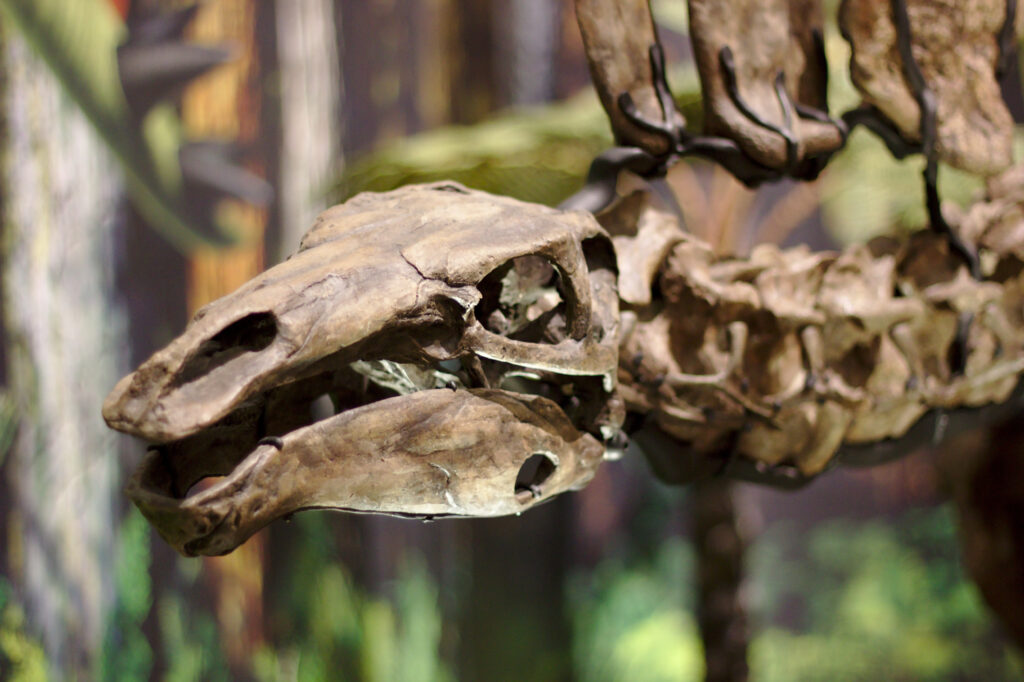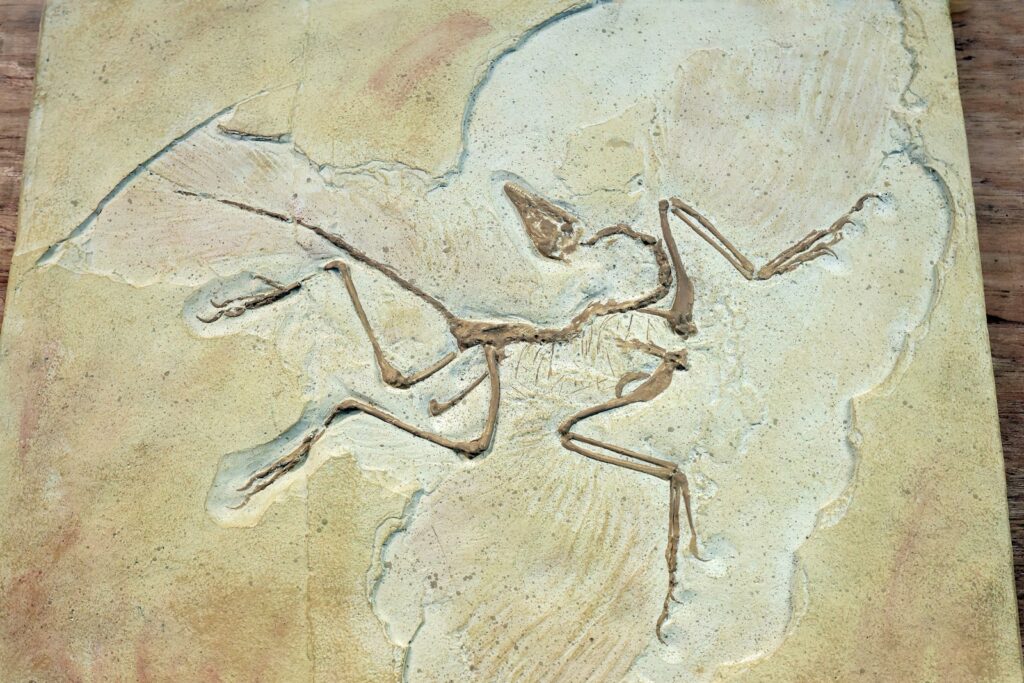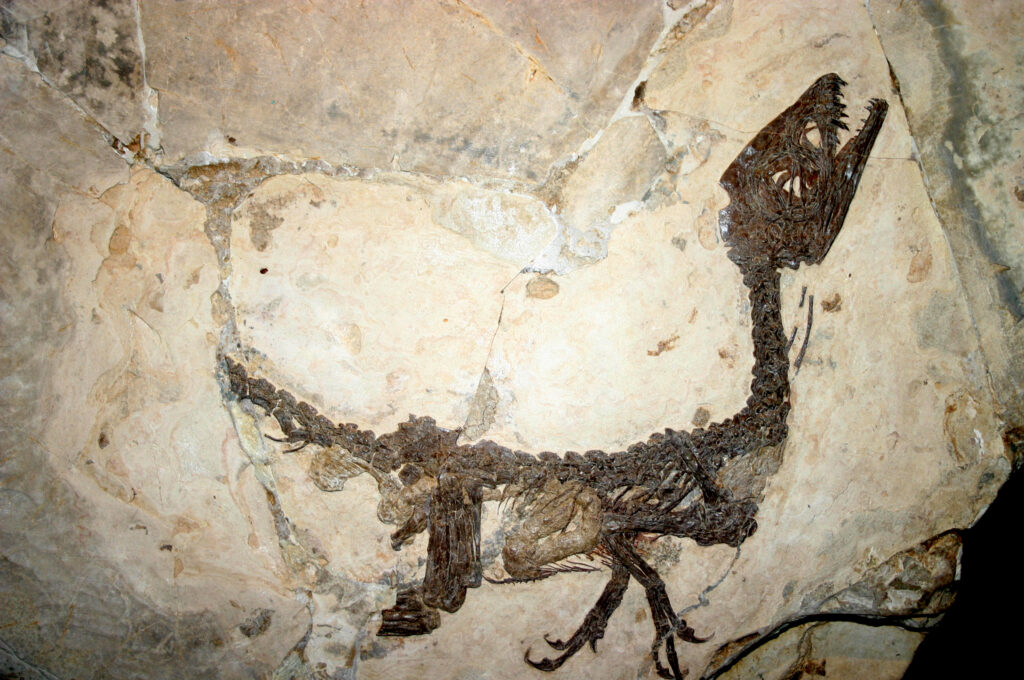Imagine digging through ancient rock layers and uncovering a fossil so strange, so unexpected, that it forces the entire scientific community to rewrite textbooks. This isn’t science fiction – it’s the reality of paleontology. Throughout history, certain fossil discoveries have been so revolutionary that they’ve completely overturned our understanding of life on Earth. These aren’t just interesting finds; they’re game-changers that have redefined how we think about evolution, extinction, and the very nature of life itself.
The Discovery That Shattered Our Understanding of Bird Evolution

When paleontologists unearthed Archaeopteryx in 1861, they weren’t prepared for the scientific earthquake that would follow. This 150-million-year-old fossil from Germany looked like something from a fantasy novel – a creature with the feathers of a bird but the teeth and claws of a reptile. Scientists had always assumed birds evolved from some mysterious ancestor, but here was living proof of the transition.
The timing couldn’t have been more perfect. Charles Darwin had just published his theory of evolution, and critics were demanding evidence of “missing links.” Archaeopteryx became the poster child for evolutionary transition, showing clear characteristics of both dinosaurs and modern birds. Its discovery fundamentally changed how we understand the relationship between reptiles and birds.
When a Fish Decided to Walk on Land
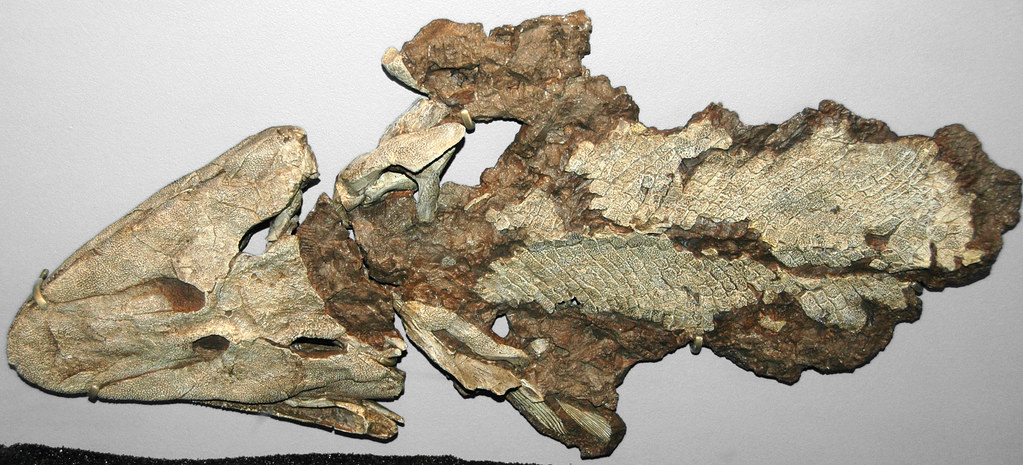
In 2004, paleontologists Neil Shubin and his team made a discovery in the Canadian Arctic that would rewrite the story of how life moved from water to land. Tiktaalik, dubbed the “fishapod,” was a 375-million-year-old creature that possessed both fish gills and primitive limbs capable of supporting its weight on land. This wasn’t just another fossil – it was a snapshot of one of evolution’s most crucial moments.
What made Tiktaalik so revolutionary was its perfect timing in the fossil record. Scientists had long theorized about the transition from aquatic to terrestrial life, but the evidence was frustratingly sparse. Tiktaalik filled that gap with stunning clarity, showing features like a mobile neck, robust ribcage, and limb bones that could flex like primitive arms and legs.
The Tiny Fossil That Humbled Human Pride
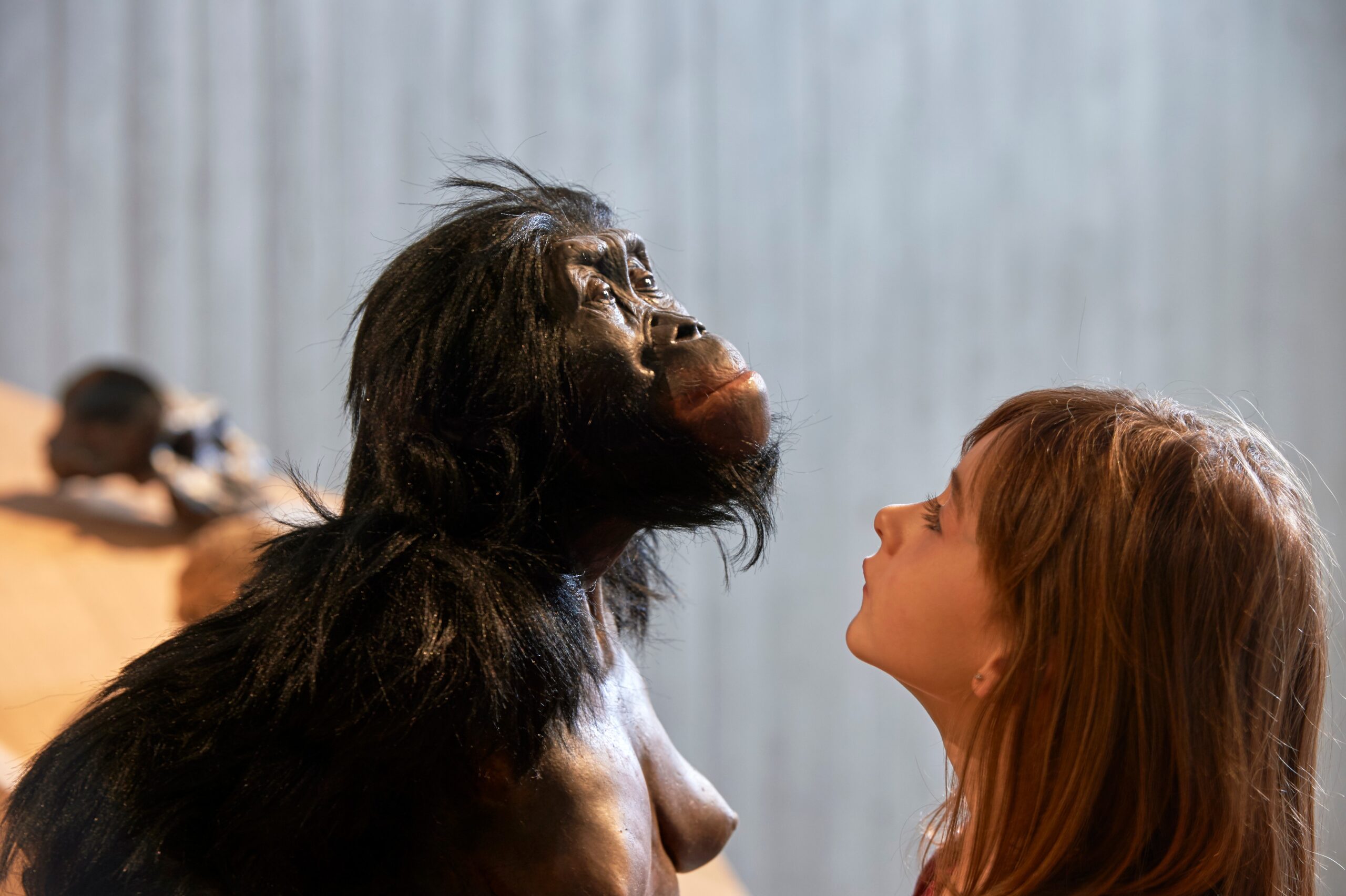
Lucy’s discovery in 1974 by Donald Johanson fundamentally changed our understanding of human evolution. This 3.2-million-year-old Australopithecus afarensis skeleton from Ethiopia proved that our ancestors were walking upright millions of years before their brains significantly expanded. For decades, scientists had assumed that increased brain size drove human evolution, but Lucy turned this theory upside down.
Standing only about three and a half feet tall, Lucy demonstrated that bipedalism – walking on two legs – was the first major step in human evolution. Her pelvis showed clear adaptations for upright walking, while her skull revealed a brain only slightly larger than a chimpanzee’s. This discovery forced scientists to completely reconsider the sequence of human evolutionary development.
The Explosion That Changed Everything About Early Life

The Burgess Shale fossils discovered in the Canadian Rockies revealed one of the most startling chapters in Earth’s history. These 505-million-year-old specimens from the Cambrian period showed an explosion of complex life forms that appeared seemingly overnight in geological terms. Before this discovery, scientists believed complex life evolved gradually over vast periods.
Creatures like Opabinia with its five eyes and vacuum-cleaner proboscis, or Hallucigenia with its spiny back and stilt-like legs, looked like aliens from another planet. These fossils demonstrated that evolution could produce incredible diversity in relatively short time spans. The Cambrian Explosion, as it came to be known, showed that life could innovate and diversify at breathtaking speed under the right conditions.
The Killer Asteroid Theory’s Smoking Gun
The discovery of shocked quartz and iridium layers at the Cretaceous-Paleogene boundary provided the first concrete evidence for the asteroid impact theory of dinosaur extinction. Before this finding, scientists debated endlessly about what caused the mass extinction 66 million years ago. Volcanism, climate change, and disease were all proposed culprits, but the evidence remained circumstantial.
When Walter Alvarez and his team found these telltale signs of asteroid impact in rock layers worldwide, it revolutionized our understanding of mass extinctions. The iridium – rare on Earth but common in asteroids – told a story of cosmic catastrophe. This discovery showed that Earth’s history could be punctuated by sudden, dramatic events that reshape the entire planet’s ecosystem.
The Feathered Dinosaur That Redefined Prehistoric Life
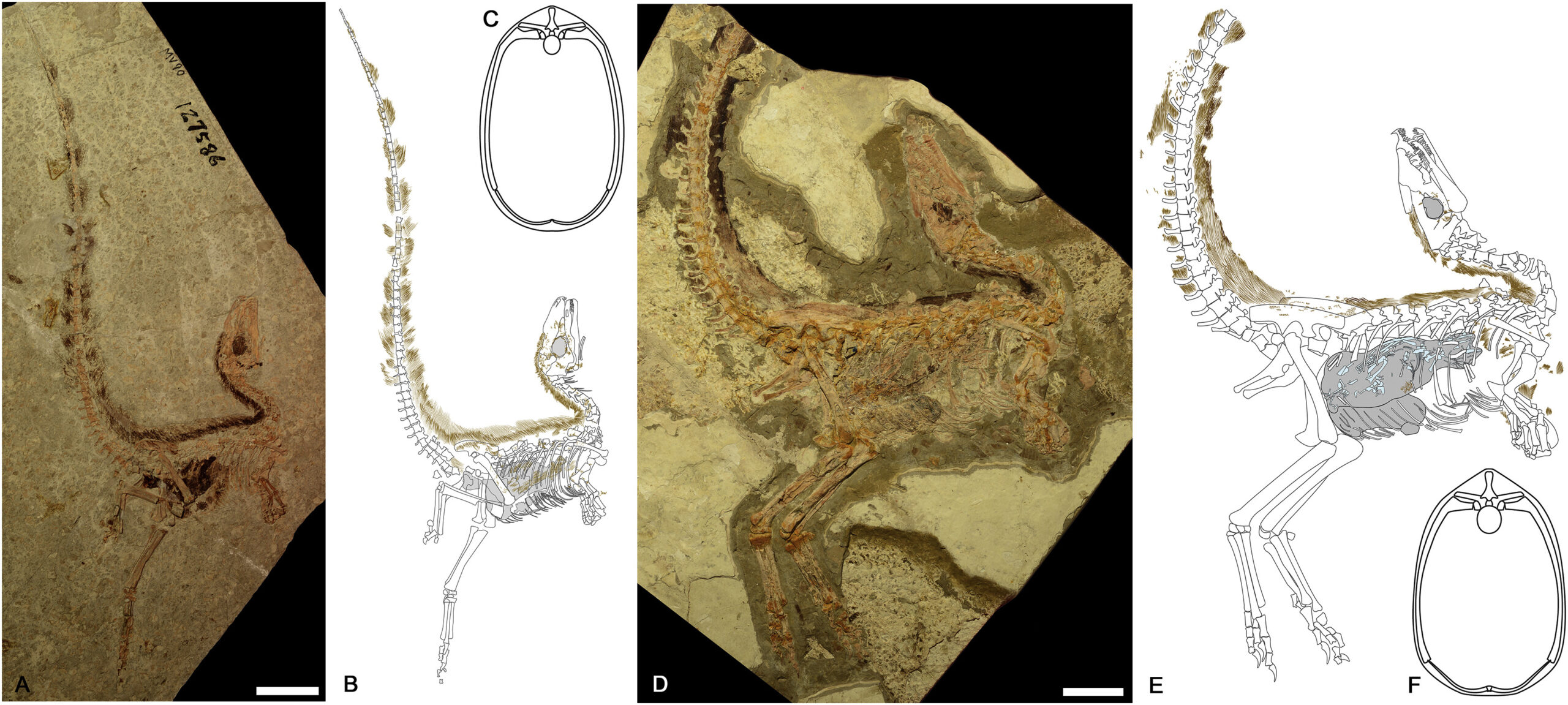
Sinosauropteryx, discovered in China in 1996, was the first dinosaur found with clear evidence of feathers. This small, 125-million-year-old theropod completely revolutionized how we visualize dinosaurs. Gone were the days when all dinosaurs were imagined as scaly, lizard-like creatures. Instead, paleontologists realized that many dinosaurs were likely covered in colorful, fluffy feathers.
The implications went far beyond appearance. These primitive feathers weren’t for flight – they were for insulation and display. This suggested that dinosaurs were warm-blooded, active creatures rather than the cold-blooded, sluggish reptiles they were once thought to be. The discovery sparked a renaissance in dinosaur research, leading to countless more feathered dinosaur discoveries that continue to reshape our understanding of these ancient animals.
How Ancient DNA Rewrote Human History
The successful extraction of DNA from Neanderthal bones in the late 1990s opened an entirely new chapter in understanding human evolution. For the first time, scientists could compare the genetic code of our extinct relatives with modern humans. The results were shocking – modern humans outside Africa carry 1-4% Neanderthal DNA, proving that our species interbred with our closest relatives.
This discovery shattered the prevailing theory that modern humans simply replaced Neanderthals without any genetic exchange. Instead, it revealed a complex story of migration, interaction, and hybridization. The genetic evidence showed that human evolution was not a simple linear progression but a tangled web of relationships between different human species.
The Social Dinosaur Discovery
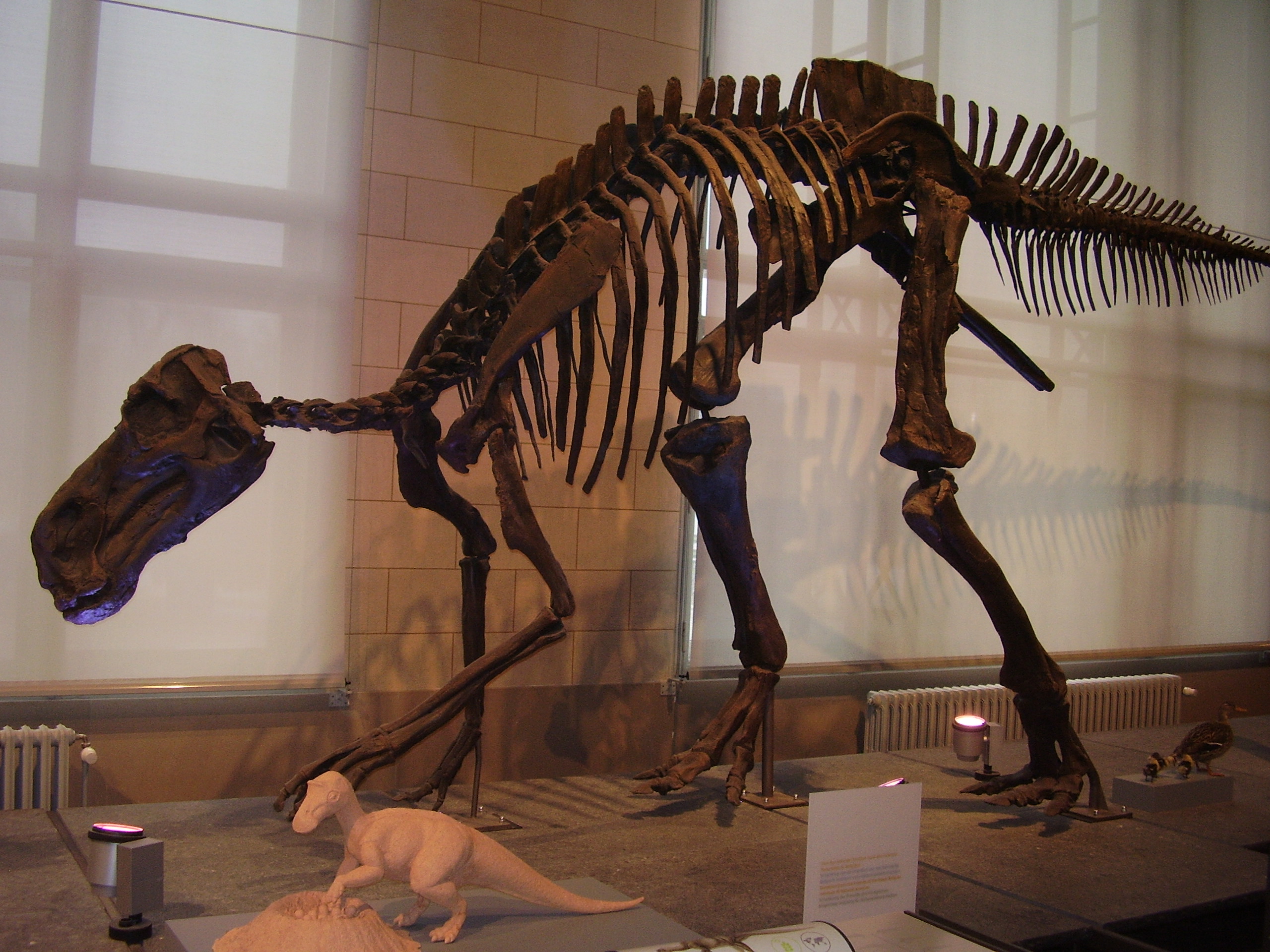
Maiasaura, the “good mother lizard,” discovered in Montana in the 1970s, revealed that some dinosaurs exhibited complex social behaviors including parental care. Before this discovery, dinosaurs were viewed as simple-minded creatures that laid eggs and abandoned them. The Maiasaura nesting sites showed evidence of communal nesting, with adults bringing food to their young and protecting them from predators.
This finding fundamentally changed how paleontologists interpreted dinosaur behavior and intelligence. The discovery of organized nesting colonies, with nests spaced exactly two adult body lengths apart, suggested sophisticated social organization. It became clear that at least some dinosaurs were caring parents who invested significant time and energy in raising their offspring, much like modern birds.
The Antarctic Fossil That Proved Continental Drift
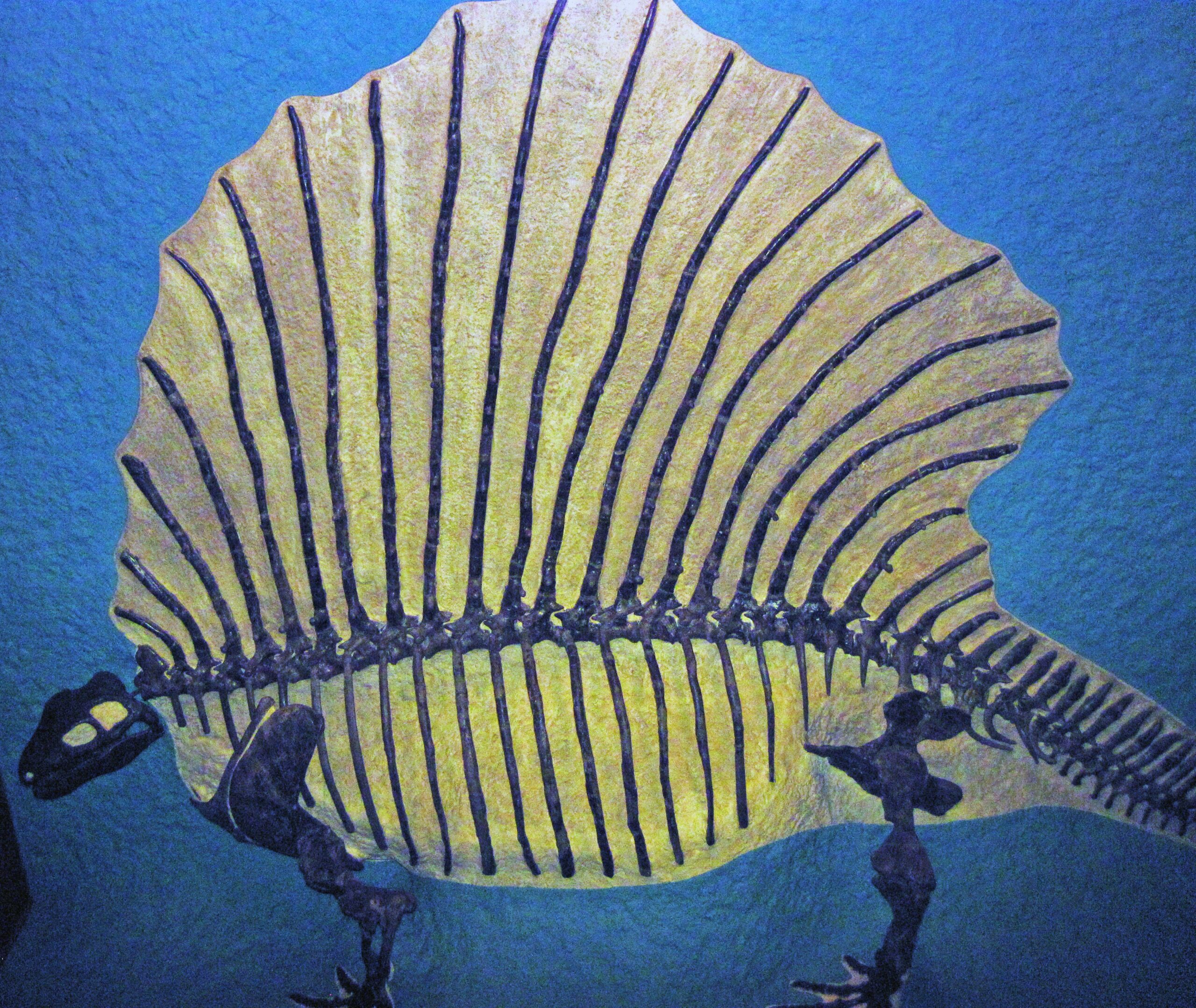
The discovery of Lystrosaurus fossils in Antarctica provided crucial evidence for the theory of continental drift. This mammal-like reptile from the Permian period was already known from South Africa and India, but finding it in Antarctica was revolutionary. How could the same land animal exist on continents separated by thousands of miles of ocean?
The answer lay in plate tectonics – the continents had once been connected as the supercontinent Pangaea. This fossil evidence helped convince skeptical geologists that continents could indeed move across Earth’s surface. The discovery transformed our understanding of Earth’s dynamic nature and explained patterns of fossil distribution that had puzzled scientists for decades.
The Flowering Revolution That Changed Plant Evolution
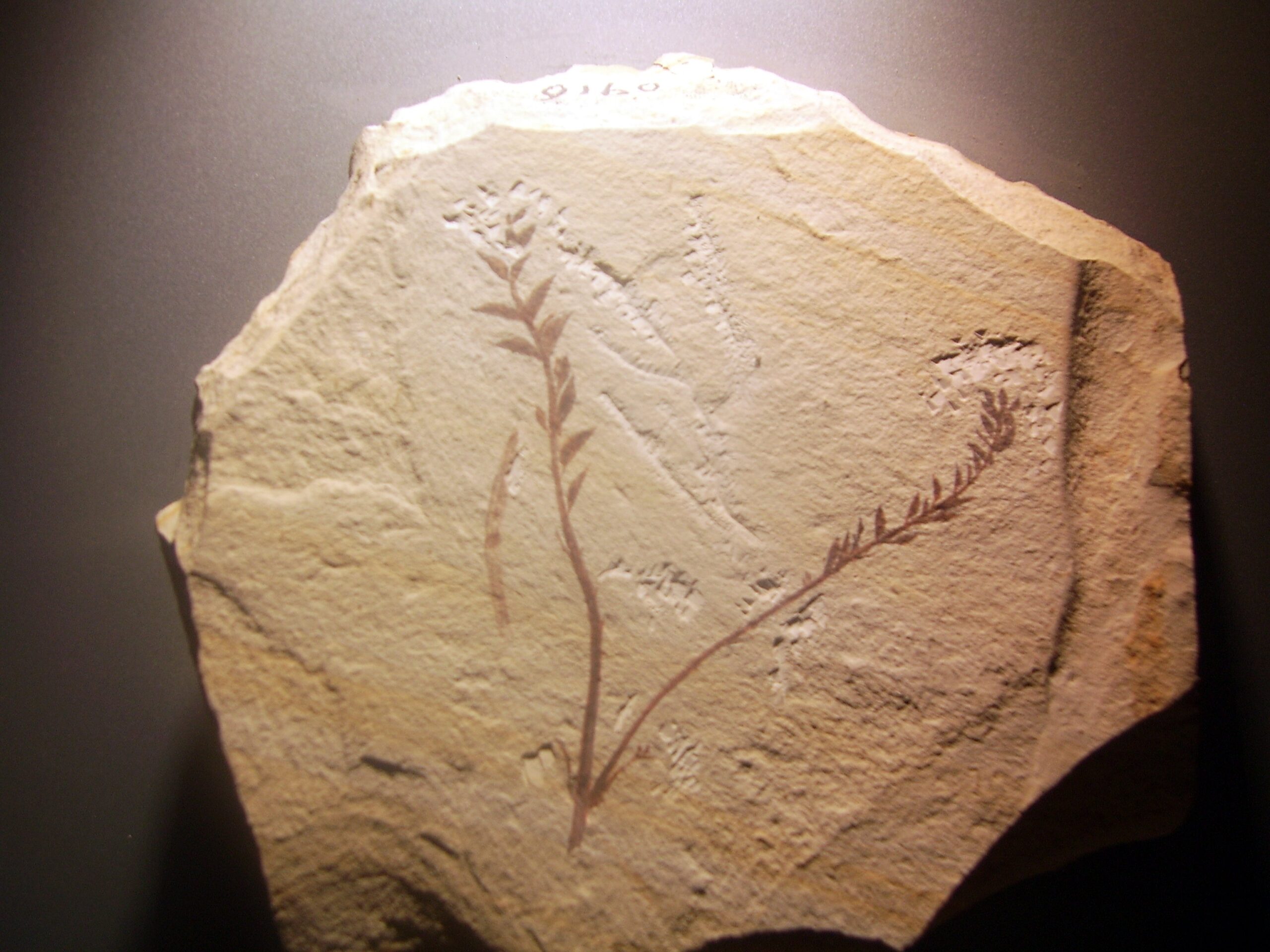
Archaefructus, discovered in China and dating to 125 million years ago, represents one of the earliest known flowering plants. Before this discovery, the origin of flowering plants – which make up the vast majority of plant species today – was one of evolution’s greatest mysteries. Darwin himself called it an “abominable mystery” because flowering plants seemed to appear suddenly in the fossil record.
This ancient flower helped fill a crucial gap in plant evolution, showing the transition from simpler reproductive structures to the complex flowers we see today. The discovery revealed that early flowering plants were likely aquatic, suggesting that the evolution of flowers began in water before moving to land. This fundamentally changed our understanding of how Earth’s plant communities developed and diversified.
The Giant That Revealed Dinosaur Gigantism
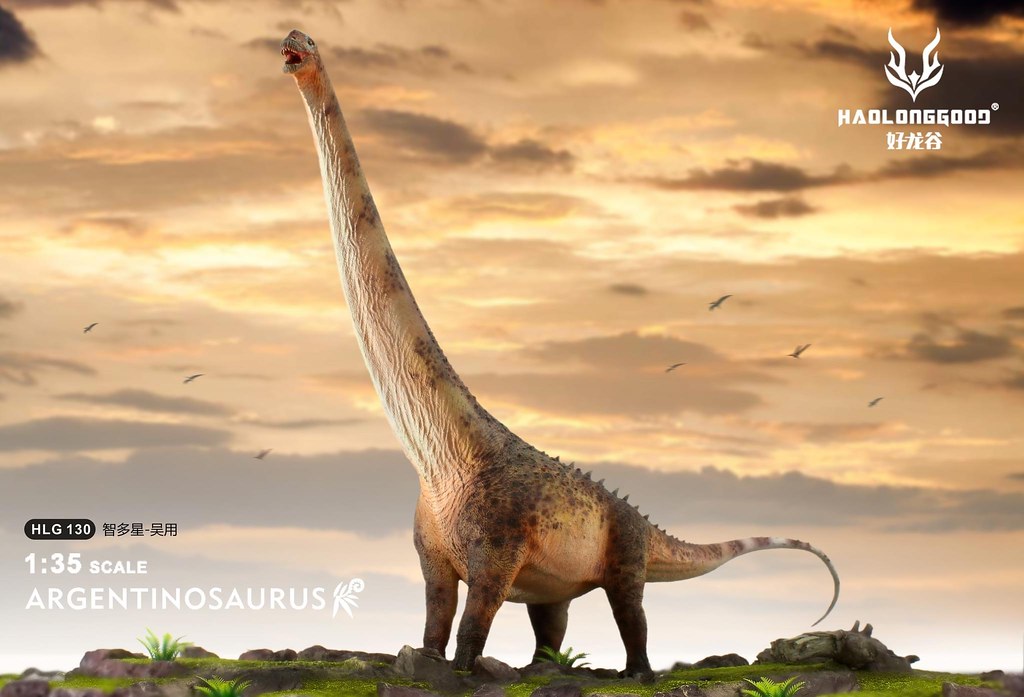
Argentinosaurus, discovered in Argentina in the 1990s, was one of the largest land animals ever discovered, estimated to weigh over 70 tons. But its significance goes beyond mere size. This massive sauropod revealed how dinosaurs could achieve such enormous proportions while still being able to move and function effectively.
The discovery showed that sauropods had evolved sophisticated adaptations for gigantism, including hollow bones, efficient respiratory systems, and unique feeding strategies. These adaptations allowed them to reach sizes that would be impossible for mammals. The find demonstrated that dinosaurs had evolved solutions to biological challenges that no other group of animals had ever achieved.
The Preserved Soft Tissue That Shouldn’t Exist
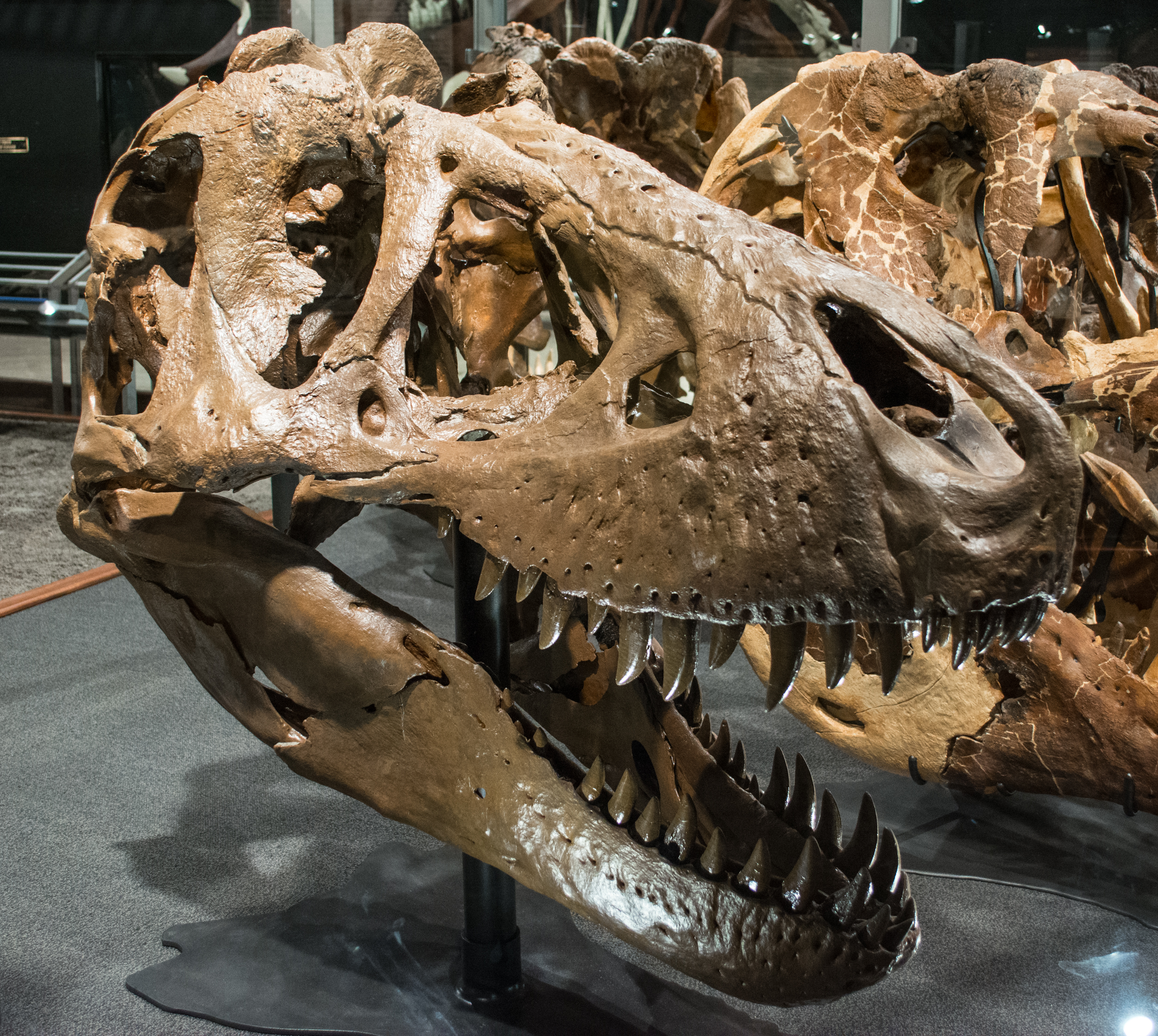
Mary Schweitzer’s discovery of preserved soft tissue in Tyrannosaurus rex bones in 2005 shocked the paleontological world. According to everything scientists knew about fossilization, organic material couldn’t survive for 68 million years. Yet here were blood vessels, possible blood cells, and protein fragments preserved in dinosaur bones.
This discovery opened up entirely new possibilities for paleontology. If soft tissue could survive under the right conditions, scientists might be able to study dinosaur biology in ways previously thought impossible. The finding challenged fundamental assumptions about what could be preserved in the fossil record and suggested that many fossils might contain more biological information than anyone had imagined.
The Mammal That Ate Dinosaurs

Repenomamus, discovered in China in 2005, was a badger-sized mammal from the Cretaceous period found with baby dinosaur bones in its stomach. This discovery completely overturned the traditional view of mammals during the dinosaur era as small, insignificant creatures that lived in the shadows of the great reptiles.
The fossil showed that some mammals were actually formidable predators that could hunt and eat dinosaurs. This finding forced scientists to reconsider the ecological relationships of the Mesozoic era. Rather than being passive victims waiting for their chance after the dinosaurs’ extinction, some mammals were active participants in prehistoric ecosystems, competing directly with dinosaurs for resources and territory.
The Unexpected Diversity of Early Human Ancestors
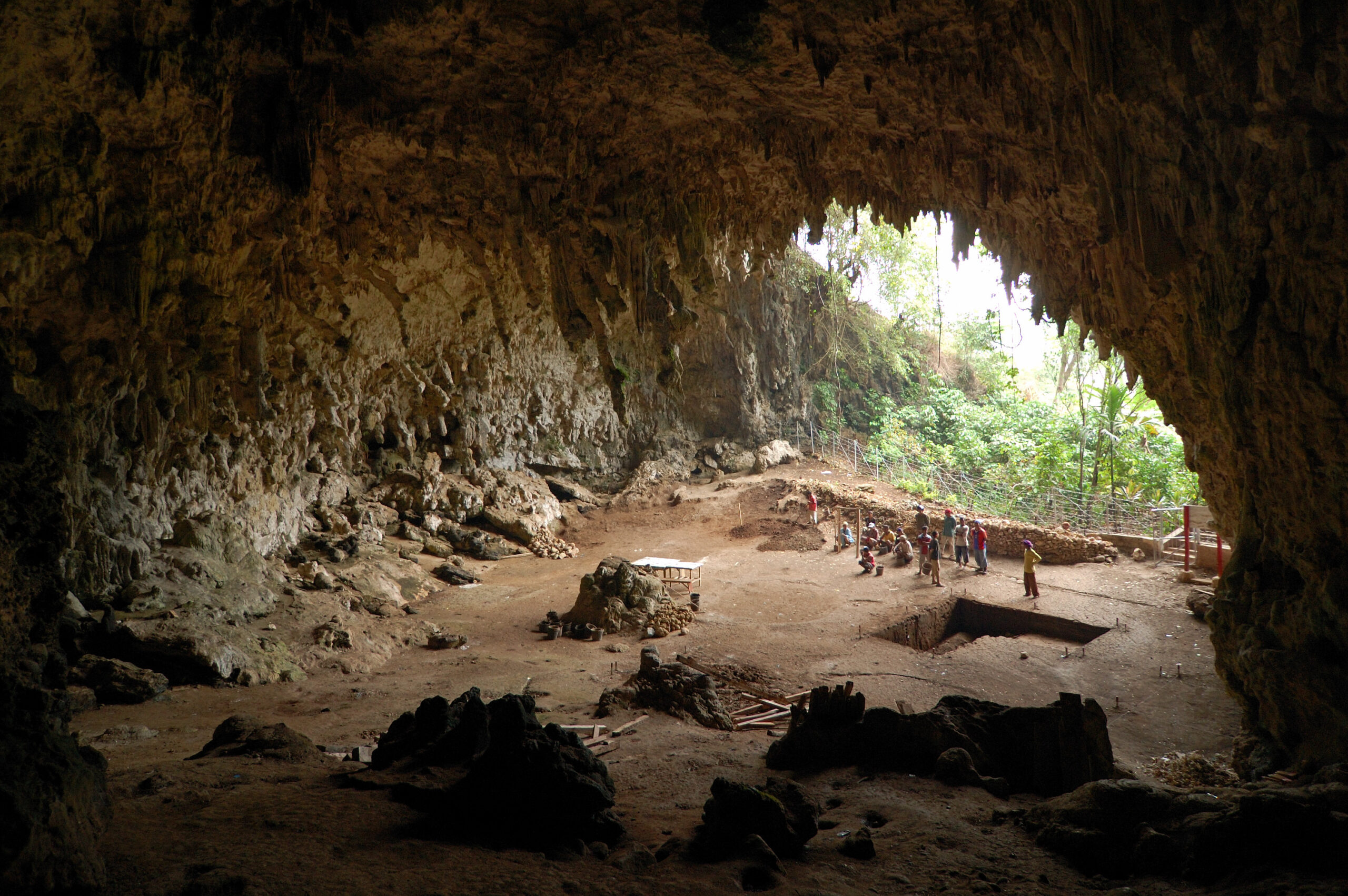
The discovery of Homo floresiensis – the “Hobbit” – in Indonesia in 2003 revealed that human evolution was far more complex than previously thought. This three-foot-tall human species survived until just 18,000 years ago, living alongside modern humans and using sophisticated stone tools despite having a brain only one-third the size of ours.
The finding challenged the assumption that human evolution was a straightforward progression toward larger brains and bigger bodies. Instead, it showed that different human species had evolved unique adaptations to their environments. The Hobbit’s small size was likely an adaptation to island life, demonstrating that human evolution continued to produce surprising variations even in relatively recent times.
The Revolution Continues
These groundbreaking fossils remind us that our understanding of life’s history is constantly evolving. Each new discovery has the potential to overturn decades of accepted wisdom and force us to see the ancient world in entirely new ways. From feathered dinosaurs to walking fish, from caring reptilian parents to tiny human relatives, these fossils have collectively rewritten the story of life on Earth.
The beauty of paleontology lies not just in what we’ve discovered, but in what we haven’t found yet. Somewhere in the rocks beneath our feet, the next revolutionary fossil is waiting to be uncovered, ready to challenge everything we think we know about our planet’s incredible history. What will it reveal about the mysteries that still puzzle us today?


